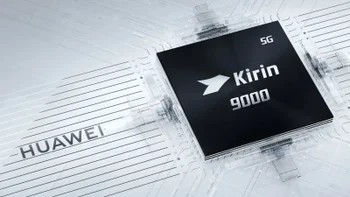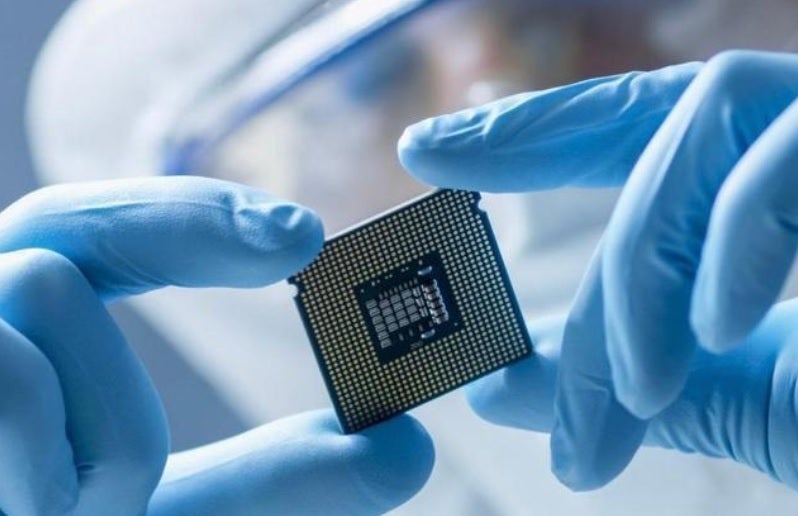Huawei reportedly has mass-produced its own 12nm-14nm chips

A rumor that we described as being "wild" this summer is being partially resurrected as we turn the corner on a new year. That rumor called for Huawei to produce its own "Kirin" chipset for the Huawei P60 flagship series expected early this year. The "P" line of Huawei phones usually focuses on photography.
Huawei is cut off from cutting-edge chips thanks to a U.S. export rule that bans foundries using American technology from shipping chips to Huawei. The company, which was once TSMC's second largest customer after Apple, has permission to use Qualcomm's Snapdragon chipsets but these components are tweaked so as not to work with 5G.
Tipster says Huawei has already mass-produced 12nm and 14nm chips for its own use
The problem that Huawei faces is that the largest foundry in China is a company called SMIC and outside of the 7nm chips it produced for cryptocurrency mining (which can't be used for smartphones), SMIC is limited to manufacturing smartphone chipsets using its 14nm process node. That's far from the 3nm process node that both TSMC and Samsung Foundry are mass-producing right now.

Huawei has already produced 12nm and 14nm chips says tipster
Simply put, the lower the process node the higher the transistor count on a chip. For example, the 2019 iPhone 11 line was powered by the 7nm A13 Bionic SoC which carried 8.5 billion transistors. The A16 Bionic chipset found under the hood of the iPhone 14 Pro models is made using TSMC's 4nm process node and contains close to 16 billion transistors. The higher a chip's transistor count, the more powerful and energy-efficient that chip is.
So when the rumor was first heard, it didn't seem to make sense since it would give the P60 line the handicap of using a less powerful and energy-efficient chipset. And even now, after a tipster posted on Chinese social media site Weibo (via Huawei Central) about Huawei making preparations to mass produce chips using 12nm and 14nm process nodes, it still doesn't make sense.
Actually, the tip doesn't mention the name of the foundry that will manufacture the components but does say that the initial mass production of the 12nm and 14nm chips is basically ready. It has already been used inside the company and while 12nm-14nm chips will not help Huawei in the smartphone market, the tipster writes that they could be used to power wearable devices.
Huawei patent application could help the company source cutting-edge chips
The tipster adds that eventually Huawei will be able to access its own high-end chips but it won't happen in 2023. Helping that process along is Huawei's recent patent application for EUV components. The EUV (extreme ultraviolet lithography) machine is an expensive box about the size of a school bus and uses ultraviolet light to etch circuitry patterns on silicon wafers that are thinner than human hair. This machine is important because as more transistors are used in a single chip, the thinner the circuitry patterns must be.
Only one company makes the EUV machine and that is a Dutch firm called ASML which has been following U.S. requests not to sell them to China. But Huawei has created some components that are different enough from ASML's patents to warrant awarding a patent to the beleaguered Huawei. And if it can create its own EUV technology, it will open up a whole new world for the company. It could result in SMIC being able to match TSMC and Samsung Foundry nanometer for nanometer.
Should this take place, Huawei will be able to produce 5G phones (although a case for the 4G Mate 50 Pro allows it to connect to 5G signals). It already replaced Android with its own HarmonyOS (the third-generation of HarmonyOS is pre-installed in the Mate 50 series) and developed its own Huawei Mobile Services ecosystem to replace Google's. If it can source its own cutting-edge chips, at the end of the day, Huawei will have had the last laugh.
Huawei has its own semiconductor design unit, HiSilicon. Huawei's Kirin branded chips were at one time considered to be as good as the silicon designed by Apple and Qualcomm. Huawei's goal is to return to those good old days.










Things that are NOT allowed: